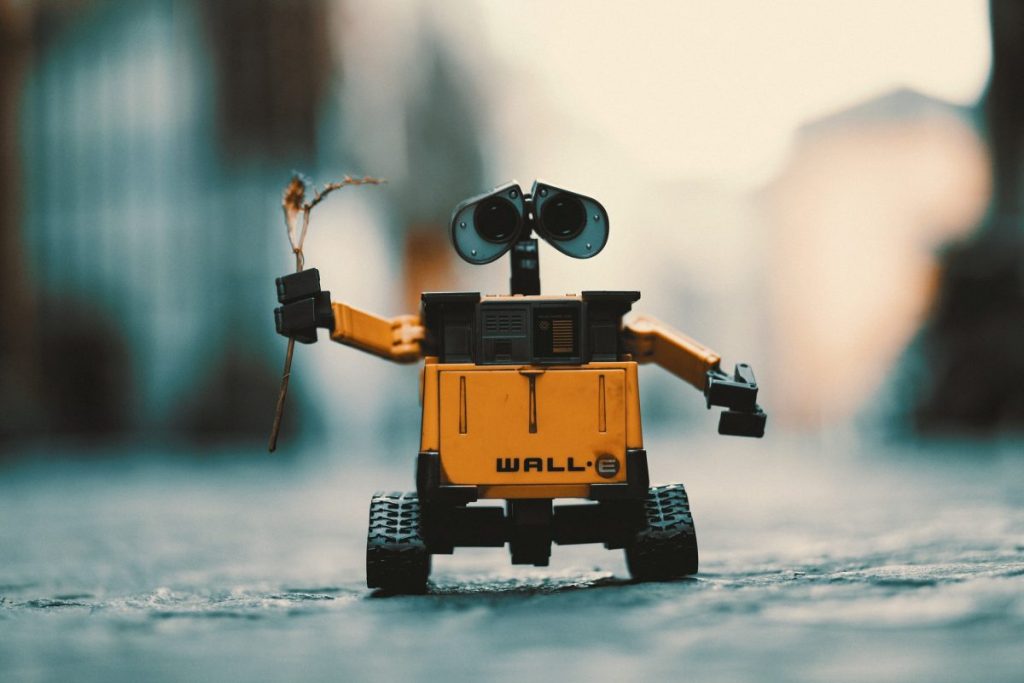Have you ever wondered how insects manage to travel far from their homes and still find their way back? This biological phenomenon has inspired researchers at TU Delft to develop advanced AI for tiny, autonomous robots.
By mimicking how ants visually recognize their environment and count their steps, these researchers have devised a navigation strategy that allows lightweight robots to return home after long journeys with minimal computational and memory resources.
This innovative approach, detailed in a recent Science Robotics publication on July 17, 2024, holds promise for various applications, from warehouse inventory monitoring to detecting gas leaks in industrial settings.
Advocating for Tiny Robots
Tiny robots, weighing between tens to a few hundred grams, offer significant real-world potential. Their lightweight nature makes them safe even in the event of collisions, and their small size enables them to navigate tight spaces. If produced cost-effectively, these robots could be deployed in large numbers, covering extensive areas quickly, such as in greenhouses for early pest or disease detection.
However, developing autonomous tiny robots poses challenges due to their limited resources compared to larger robots. These robots need to navigate independently, often without relying on external infrastructure like GPS or indoor wireless beacons, which can be impractical or costly to install and maintain.
Existing AI for autonomous navigation, designed with larger robots in mind, typically relies on heavy, power-consuming sensors such as LiDAR, which are unsuitable for small robots. Vision-based approaches, while power-efficient, often require creating detailed 3D maps, demanding significant processing and memory capabilities that tiny robots cannot support.
Learning from Insects: Counting Steps and Visual Snapshots
Nature provides an alternative solution. Insects, particularly ants, operate over relevant distances using minimal sensing and computing resources. They combine odometry (tracking their own movement) with visually guided behaviors using low-resolution but nearly omnidirectional vision (view memory).
This method, though still not fully understood, involves taking occasional “snapshots” of their environment. By comparing their current view to these snapshots, insects can navigate back to known locations, mitigating any drift from odometry alone.

“Snapshot-based navigation is similar to Hansel and Gretel’s story,” explains Tom van Dijk, the study’s first author. “Just as Hansel used stones to find his way back, our robots use snapshots. If the robot strays too far from the snapshot location, it may get lost. Hence, it’s crucial to use an optimal number of snapshots—too many increase memory consumption, while too few may lead to navigation errors.”
Guido de Croon, a Full Professor in bio-inspired drones and co-author of the study, highlights the main insight: “By spacing snapshots further apart and relying on odometry between them, robots can cover greater distances. This method balances the robot’s speed and accuracy, ensuring it remains within the snapshot’s ‘catchment area’ during navigation.”
Using this insect-inspired strategy, a 56-gram “CrazyFlie” drone equipped with an omnidirectional camera successfully covered distances up to 100 meters using just 0.65 kilobytes of memory. All visual processing was handled by a micro-controller, commonly found in many inexpensive electronic devices.
Related Article: AI-Powered Species ID: A New Era for Biodiversity Research
Real-World Applications of Tiny Robots
“The proposed insect-inspired navigation strategy is a significant step towards deploying tiny autonomous robots in practical settings,” says de Croon. “While it doesn’t generate maps and only enables robots to return to their starting point, this functionality suffices for many applications.
For instance, drones can be used for stock tracking in warehouses or crop monitoring in greenhouses, collecting data and returning to the base station for post-processing. They wouldn’t need extensive navigation data for these tasks.”
This innovative navigation method paves the way for practical and efficient use of tiny autonomous robots across various industries, leveraging nature’s ingenuity to overcome technological limitations.



